








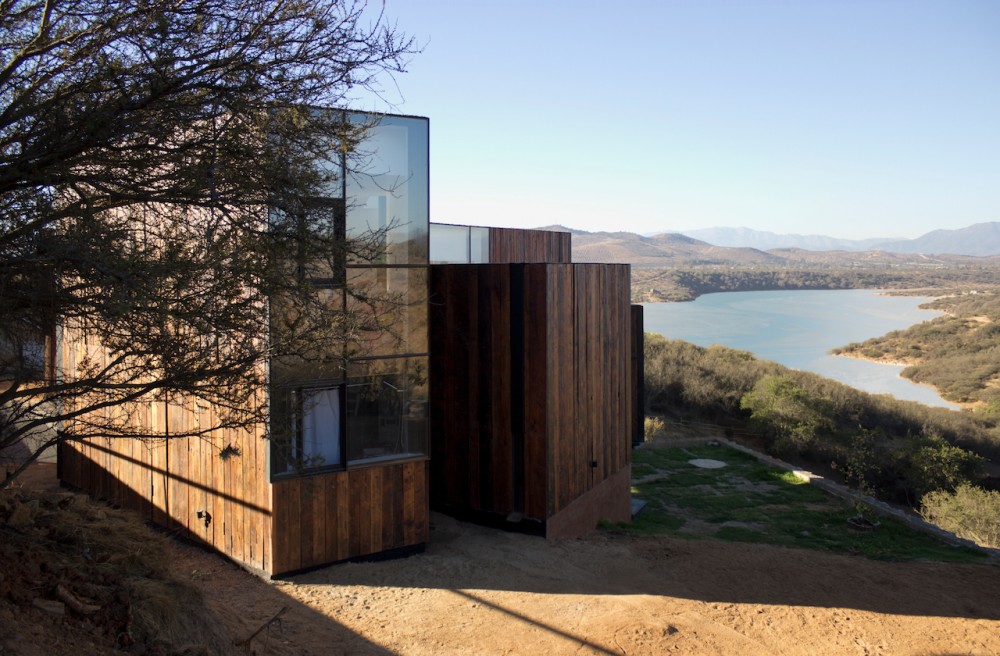




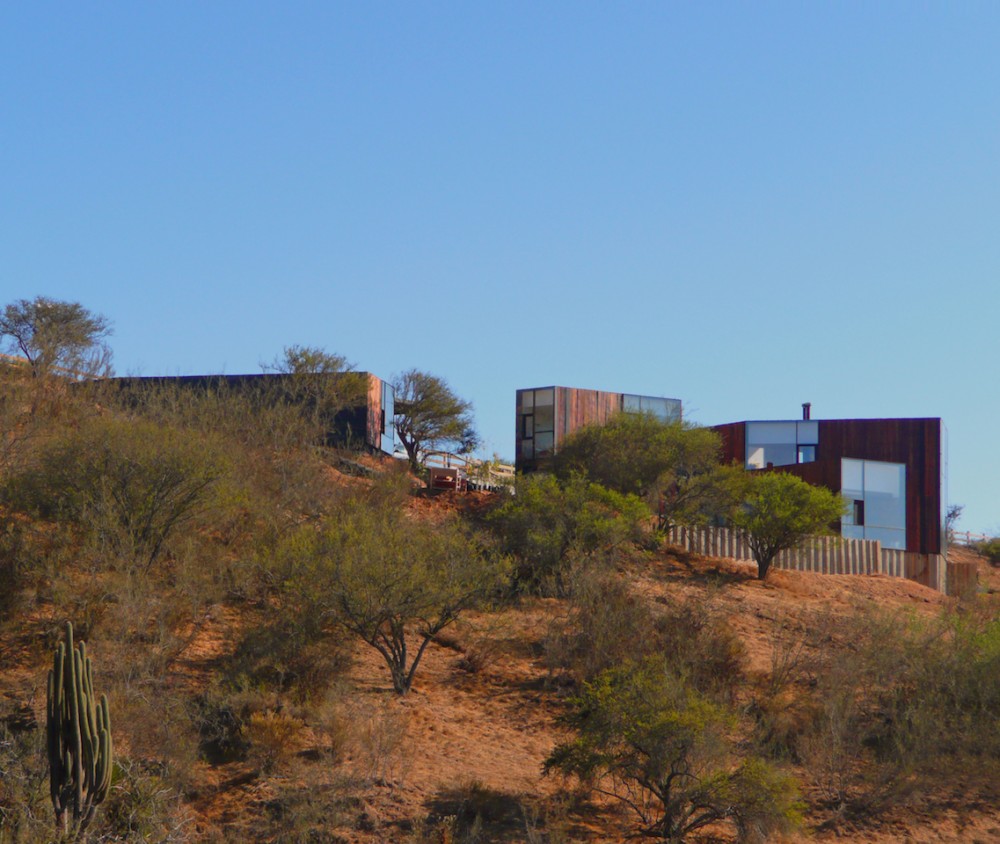
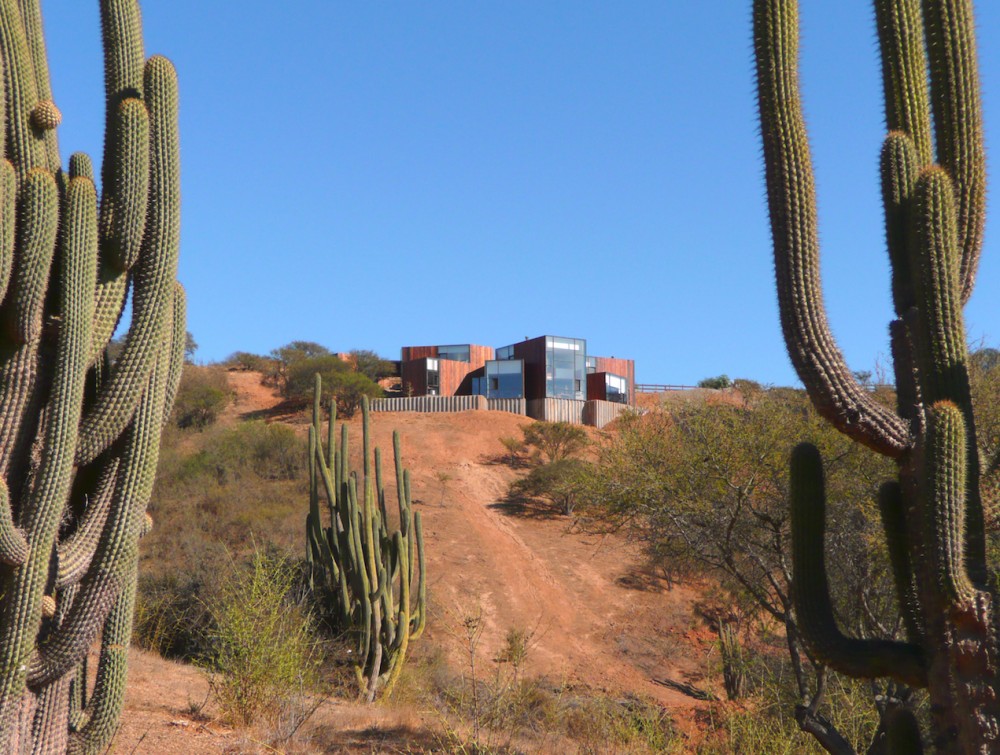






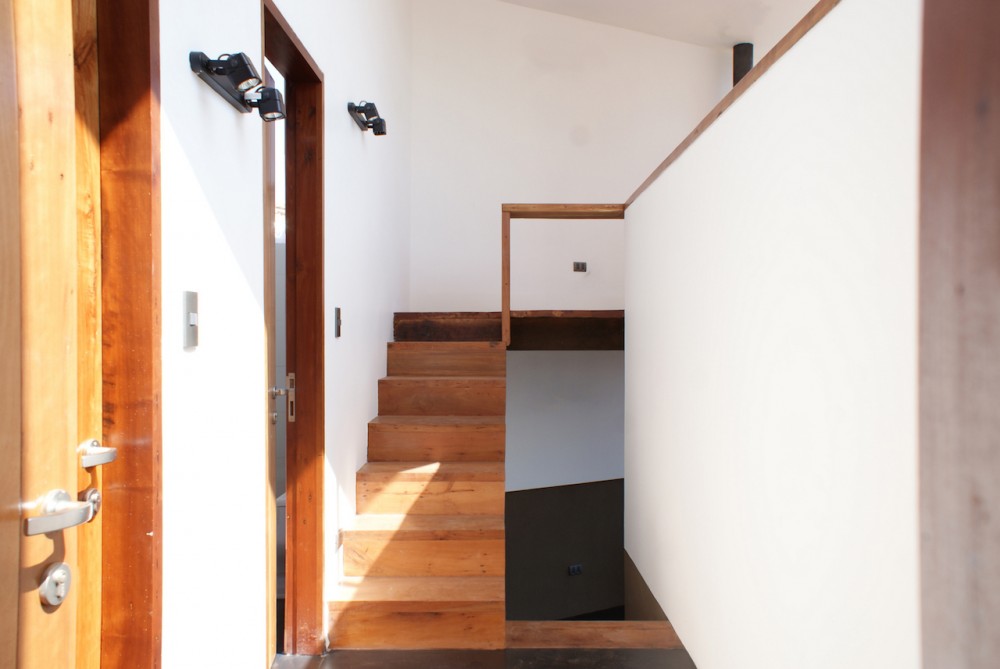






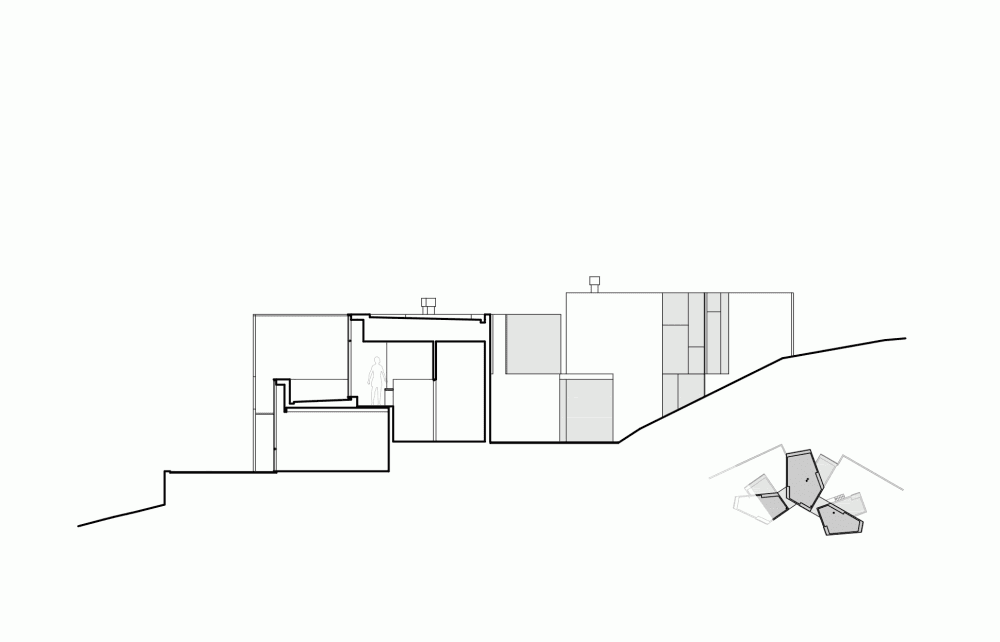







 Architects: Ricardo Torrejón Schellhorn Location: Los Aromos, Limache, Valparaíso Region, Chile Project Area: 310.0 m2 Contractor: Joaquín Velasco, Alex and Dany Hernández Project Year: 2012 Photographs: Ricardo Torrejón, Joaquín Velasco Program The main challenge of this house was making a ‘primary residence’ compatible with the context and environment of a ‘vacation house’. There were two basic requests at the beginning of the design process:
Architects: Ricardo Torrejón Schellhorn Location: Los Aromos, Limache, Valparaíso Region, Chile Project Area: 310.0 m2 Contractor: Joaquín Velasco, Alex and Dany Hernández Project Year: 2012 Photographs: Ricardo Torrejón, Joaquín Velasco Program The main challenge of this house was making a ‘primary residence’ compatible with the context and environment of a ‘vacation house’. There were two basic requests at the beginning of the design process:
- The house should be able to facilitate an intense social life with relatives and friends, adults and kids.
- At the same time, it has to be able to house ordinary family life, with all the intimacy and privacy that involves.
This lead to the basic design form: Independent volumes (not just independent rooms) housing the different aspects of the program which can be easily isolated at every moment from the rest of the house: 1. Parents, 2. Common Spaces, 3. Children, 4. Service. Location ‘Hacienda Los Aromos’ is a private urbanization 20 Km away from the central Chilean coast. The lots spread along the peninsula, surrounded by the ‘Embalse Los Aromos’, a regional water reservoir, which is also used for recreational purposes. The building site is a 5.000 sqm, continuous 30° slopped lot, facing east, with great views towards the local mountains and over the reservoir. The first step was to build a large platform by means of a zigzag concrete retaining wall, which provides resistance but also allows oriented views. Form The general layout is a sort of hamlet. The volumes articulate each other, facing different directions and generating consolidated exterior fragments, which are sun shaded and protected from the coastal winds that rise in the afternoons. These exterior fragments work as a small urban space in between volumes (tall enough to shape them) where terraces and balconies converge, absorbing the extra density of guests and visits. The 3 main volumes are similar geometrically, with lofty spaces and upper terraces. But the internal configuration varies in each case. What we intended was a ‘theme and variations’ exercise. Material On principle, the house was ‘made in place’. We almost did not use ‘products’ but only ‘materials’. It was planned to sustain significant abuse, so it would ‘age’ and not merely be ‘ruined’ over the time. We found about 40m3 recycled 2’’ red oak from demolitions nearby. The wood was scraped off and used primarily as the outer covering of exterior ventilated walls. The best pieces were used in the interior as exposed timber and upper level flooring. With the shorter ones we made stairs, interior veneer, doors, guardrails, and kitchen and bathrooms countertops. The rest was used in the service area, fences and landscaping. And debris was used as firewood. Lower level paving runs all along the house, even in the kitchen and bathrooms, and is made out of polished quartz stained concrete.
Source: Ricardo Torrejón Schellhorn/ www.archdaily.com milimetdesign – Where the convergence of unique creatives
































